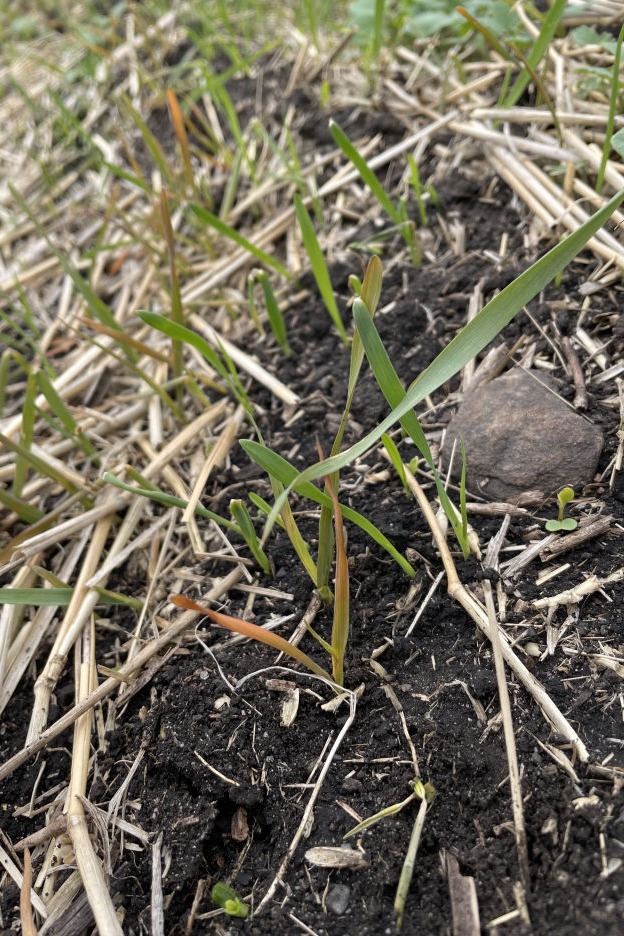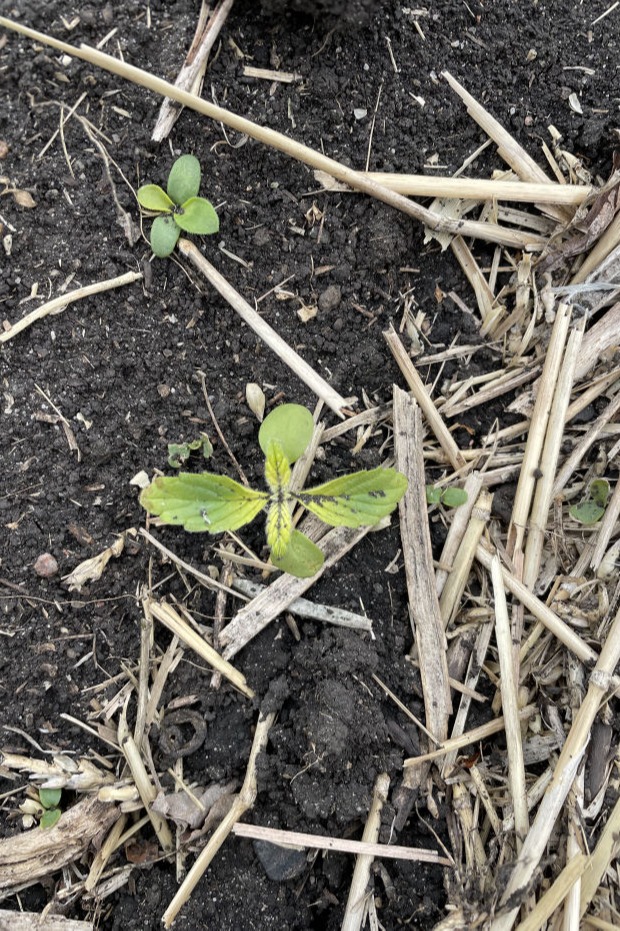Perennials such as dandelions and Canada thistle are best controlled in fall with a pre- or post-harvest application.
For spring applications, tank-mixing glyphosate with a pre-seed product can help you get the best control while also using a reduced rate. Majority of products are registered to be tank mixed with glyphosate at 0.5 REL and control tough to kill weeds that usually require a higher application. For example, applying florasulam + glyphosate at 0.5 REL in front of cereals controls large dandelions whereas spraying glyphosate alone would require rates up to 1.5 REL.
Adding a tank mix partner with glyphosate not only aids in weed control (especially on those that glyphosate may be weak on, such as wild buckwheat and dandelions[3]), but it also controls round-up ready volunteers and combats resistance. Although glyphosate is considered in the low-risk category for herbicide resistance, it does occur. This is due to the adoption of zero-till, multiple applications in a season (pre-seed, pre-harvest, post-harvest) and glyphosate resistant crops[4]. In Canada, there are currently six glyphosate resistant weeds (giant ragweed, Canada fleabane, common ragweed, waterhemp, kochia and downy brome)[4], two of which occur in Manitoba (waterhemp, kochia). It is also likely that wild oats will develop glyphosate resistance in the future[5]. In order to combat resistance, both modes of action need to act on the same weed.
Here at Prairie Giants Crop Supply, we are a Defy Resistance Headquarters – your one-stop shop for dealing with herbicide resistance. Click the link (https://www.defyresistance.com/) to check out the site for more resources including a Resistance Guide.
Reach out to the crew at Prairie Giants with any questions on how we can help to get the most
out of your glyphosate application!



